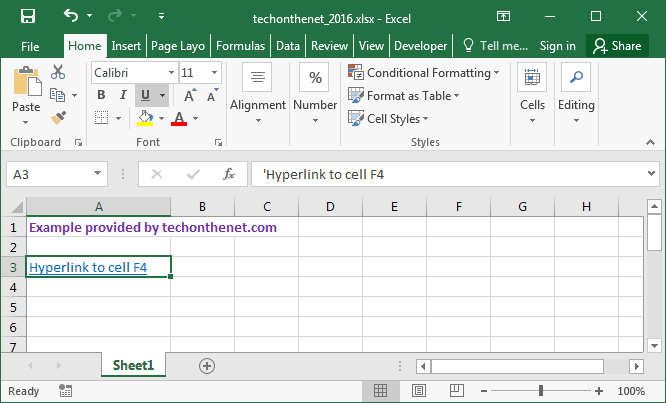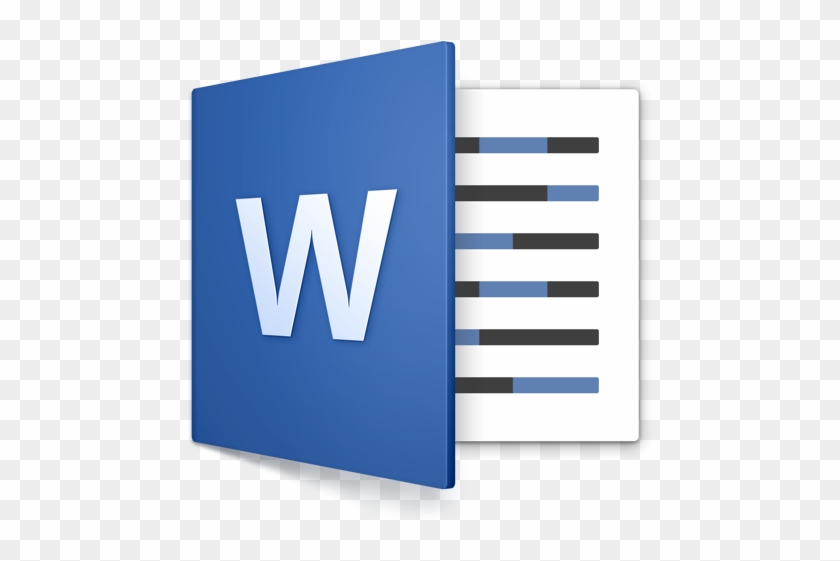Microsoft Excel 2016 Mac Tutorial
- Microsoft Excel 2016 Free
- Excel 2016 Tutorial Pdf
- Microsoft Excel 2016 Mac Tutorial Download
- Microsoft Excel 2016 Mac Tutorial Free
A: We updated one tutorial, 'Managing objects using the Selection pane.' The new Selection pane, released in a January 2016 Office update, allows Excel for Mac users to more easily rearrange worksheet and slideshow objects. 4h 56m Beginner 2h 11m Beginner. Excel 2016 is a version of Excel developed by Microsoft that runs on the Windows platform. This Excel 2016 tutorial covered the basic concepts of spreadsheets such as: And then expanded on the more advanced Excel topics such as: Each version of Excel can 'look and feel' completely different from another.
In this Learning Microsoft Excel 2016 for Mac training course, expert author Guy Vaccaro will teach you everything you need to know to be able to work in Excel 2016, including managing your own workbooks, formatting worksheets, and creating and using formulas. Excel for Office 365 for Mac Excel 2019 for Mac Excel 2016 for Mac More. Less Exploring charts in Excel and finding that the one you pick isn’t working well for your data is a thing of the past! Microsoft Support. Excel 2016 for Mac Help. Excel for Office 365 for Mac Excel 2019 for Mac Excel 2016 for Mac More. Looking for something that’s not listed here? Use the Search box in the upper right corner of this window. Explore training. Was this information helpful? Any other feedback? How can we improve?
Congratulations, you have completed the Excel 2016 tutorial that explains the VBA environment in Microsoft Excel 2016.
Tutorial Summary
Excel 2016 is a version of Excel developed by Microsoft that runs on the Windows platform.
In this Excel 2016 tutorial, we covered the following:
- What is VBA?
- How to open the VBA environment
- Project Explorer
- Properties Window
- Code Window
- Immediate Window
- Watch Window

Microsoft office 2013 mac kickass. Each version of Excel can 'look and feel' completely different from another. As such, we recommend that you try one of our other Excel tutorials to become familiar with the Excel version that you will be using.
Microsoft Excel 2016 Free
Other Excel Tutorials
Now that you have learned about the VBA environment in Excel 2016, learn more.
Try one of our other Excel tutorials:
Excel 2016 Tutorials
Excel 2013 Tutorials
Excel 2011 for Mac Tutorials
Excel 2010 Tutorials
Excel 2007 Tutorials
Excel 2003 Tutorials
Excel 2016 Tutorial Pdf
There is still more to learn!
Exploring charts in Excel and finding that the one you pick isn’t working well for your data is a thing of the past! Try the Recommended Charts command on the Insert tab to quickly create a chart that’s just right for your data.
Microsoft Excel 2016 Mac Tutorial Download
Select the data you want to chart.
Click the Insert tab, and then do one of the following:
Click Recommended Charts and select the chart type you want.
OR
Click a specific chart type and select the style you want.
 Microsoft does not specifically recommend any third-party provider or third-party solution that this article might describe. If the problem seems to be resolved, you can move the Normal file to the trash.Third-party disclaimer informationThe third-party products that this article discusses are manufactured by companies that are independent of Microsoft. This solution is available through Microsoft or through a third-party provider. Microsoft makes no warranty, implied or otherwise, about the performance or reliability of these products.The information and the solution in this document represent the current view of Microsoft Corporation on these issues as of the date of publication.
Microsoft does not specifically recommend any third-party provider or third-party solution that this article might describe. If the problem seems to be resolved, you can move the Normal file to the trash.Third-party disclaimer informationThe third-party products that this article discusses are manufactured by companies that are independent of Microsoft. This solution is available through Microsoft or through a third-party provider. Microsoft makes no warranty, implied or otherwise, about the performance or reliability of these products.The information and the solution in this document represent the current view of Microsoft Corporation on these issues as of the date of publication.
With the chart selected, click the Chart Design tab to do any of the following:
Click Add Chart Element to modify details like the title, labels, and the legend.
Click Quick Layout to choose from predefined sets of chart elements.
Click one of the previews in the style gallery to change the layout or style.
Click Switch Row/Column or Select Data to change the data view.
Click Change Chart type to switch to a different kind of chart.